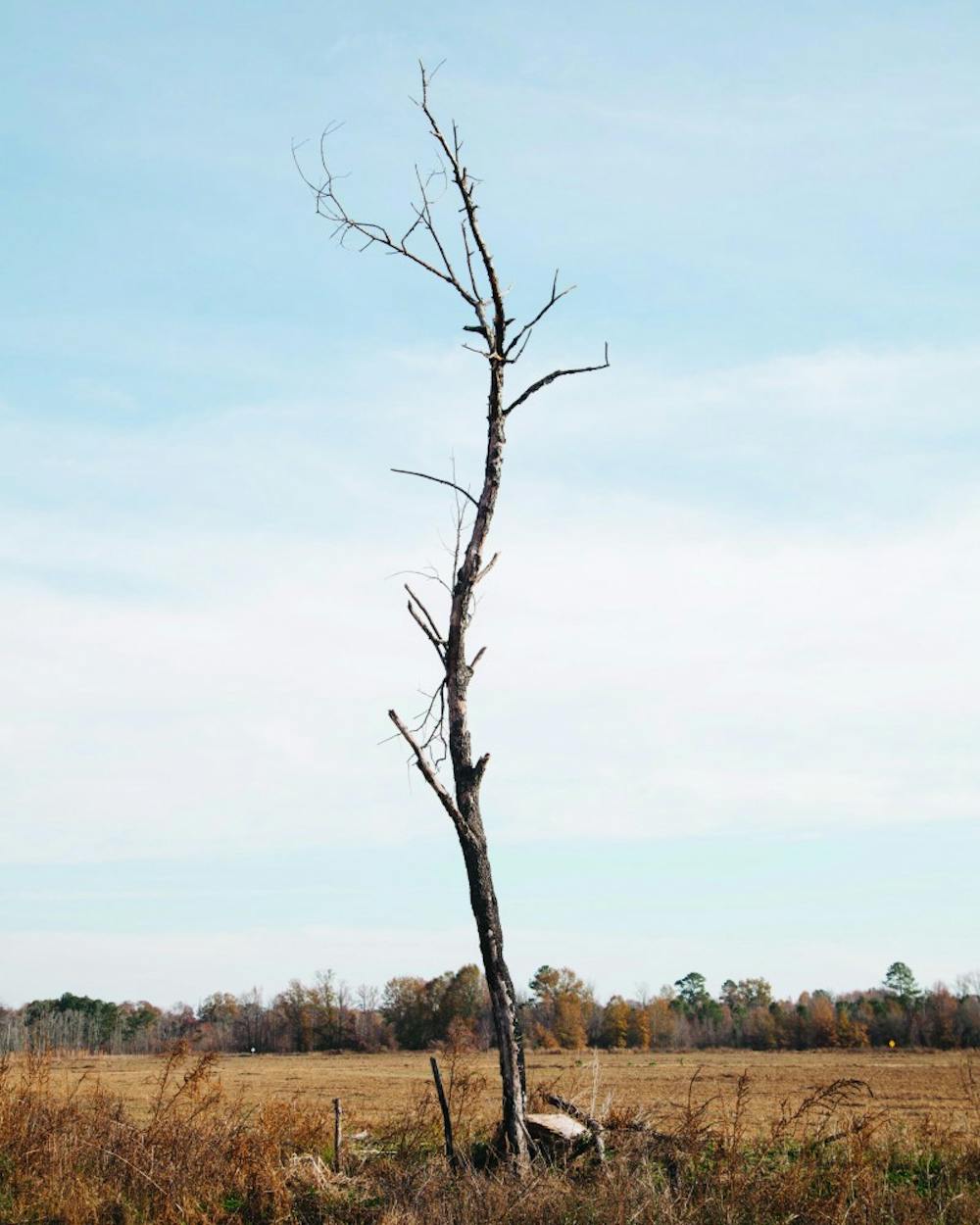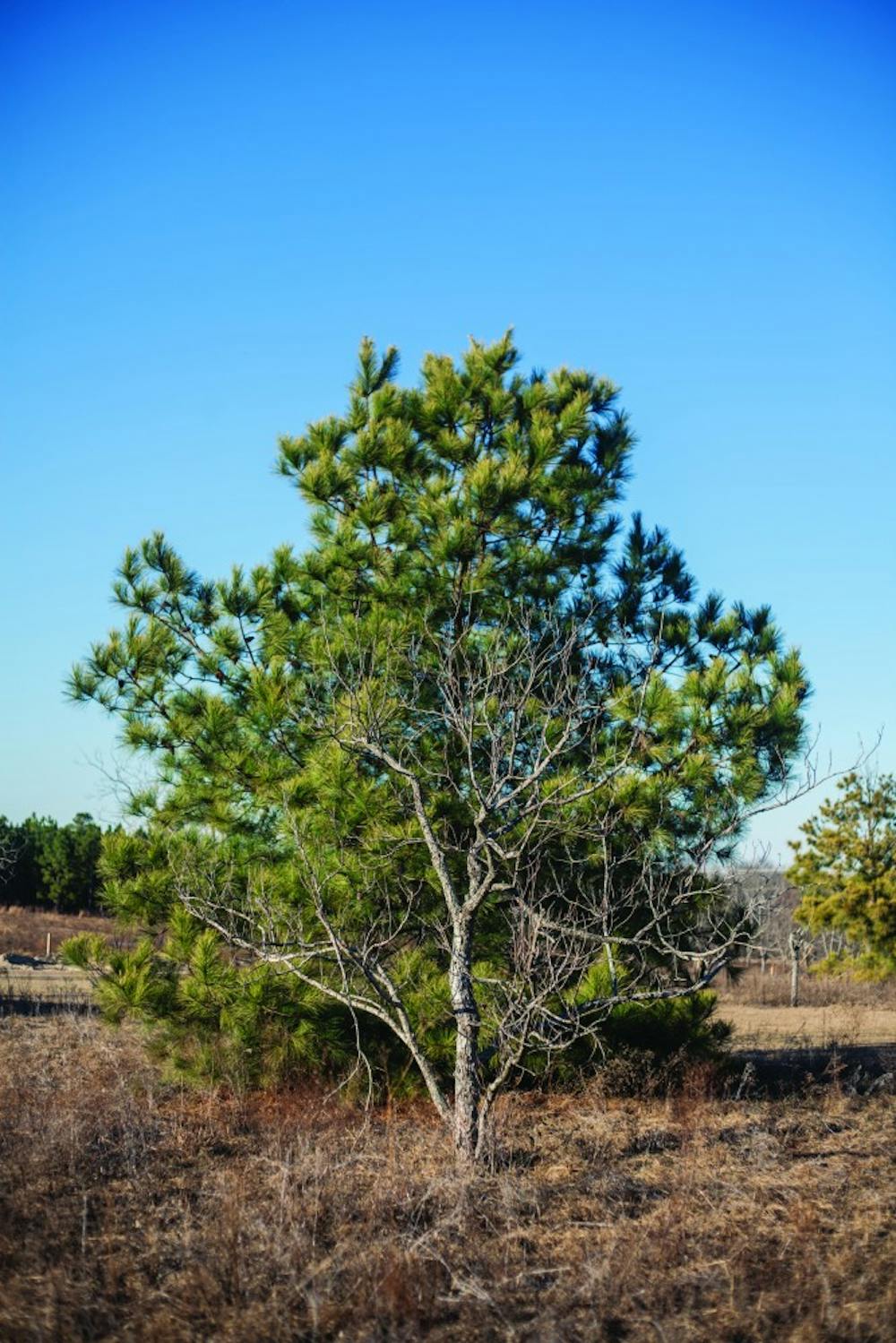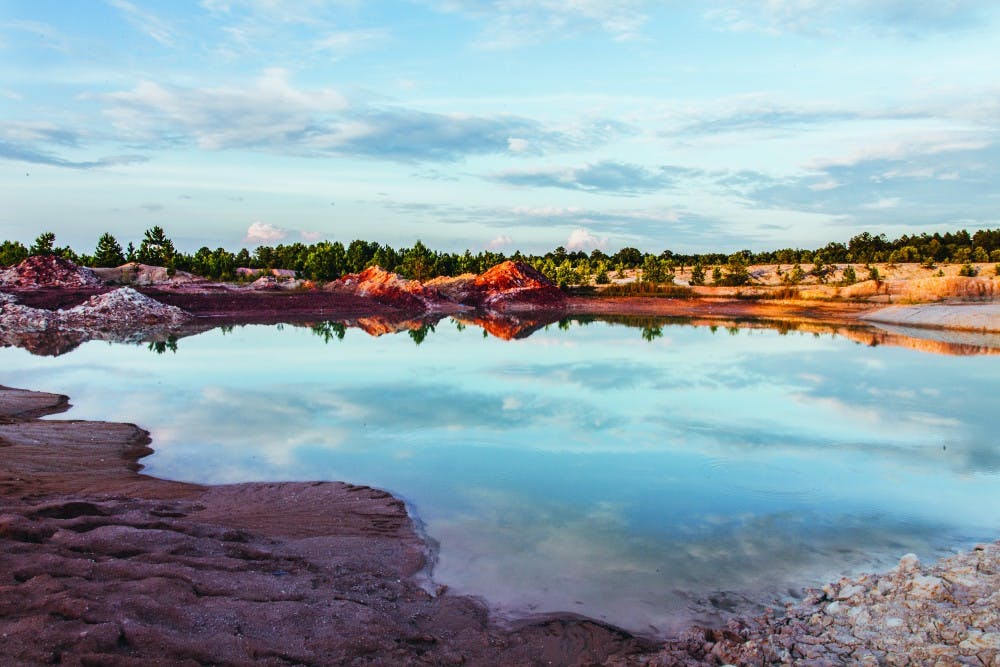The constant sound of the waves on the shore. The spongy smell of the marsh. The technicolor sunsets from horizon garage. The heavy humidity of a lazy June morning. Underneath the scandal, stereotypes, and preconceived notions of South Carolina lays a buried treasure: the landscape. Dotted across the state, mountains, marshes, rivers, and coastline define the land we live on, and the people too.
“You take away the iconic landscapes and what do you have left?” English professor Dr. Paula Feldman asked, “New Jersey?”
Since 2002, the Conservation Bank of South Carolina has been working to preserve these landscapes throughout the state. Started as a “grass roots effort” to determine how to best save our wilds, the movement became a bill, and the bill was ratified, forming the bank as a state agency. Since, thousands of acres of public and private lands have been protected through funding given by the bank.
While the bank seeks to protect public lands, such as Angel Oak Park in Charleston or the Swamp Rabbit Trail in Greenville County, it mainly gives through conservation easements—or a legal way to protect a private citizen’s land through a grant process.

“It gives the landowner a benefit and incentive to conserve and protect their land from further development,” Rebecca Haynes, the Deputy Director of the Conservation Voters of South Carolina, said. Those incentives include tax breaks, which lessen the financial burden of a large property on landowners and ensures they won’t have to sell off to developers.
Haynes gives this hypothetical to explain the case for conservation: "If I’m a farmer with 100 acres of undeveloped land, I can farm the five acres I am capable of managing and protect the remaining 95 through an easement, thus ensuring my family land won’t be poached for a subdivision in the future. In short, the Conservation Bank makes sure the South Carolina landscape doesn’t become clogged with Golden Arches and apartment complexes."
The bank creates permanent solutions for residents’ futures, but its past hasn’t been so certain. Since its inception, the bank has been operating on a ‘sunset’ clause—meaning the bank’s enabling legislation has to be reapproved at the Statehouse. The bank is set to expire on June 30 of this year, but a group of environmental nonprofits and land trusts, including the Conservation Voters of SC, is working to pass a new version of the bill to keep it functioning. Unfortunately, nothing is ever easy at the Statehouse.
“There are some legislators that questioned how the Conservation Bank was awarding the dollars because it is a very competitive grant process… they had questions on how the board was choosing those people,” Haynes explained.
According to the Post and Courier, these questions, brought up last year over how the bank’s funds were being used, almost led to a complete defunding of the bank by the Legislature. Governor McMaster vetoed this bill, but ordered an audit into the bank’s financial handling.
While there was no evidence of fraud found, the audit did find the bank to have “poor money management” practices, prompting new officers to be appointed and a follow-up investigation from the Legislature in February. Although the investigations raised many eyebrows, they didn’t impede the bank’s chances of renewal.
When H.4727, the bill to renew the bank and expunge the sunset clause from the enabling legislation, was introduced into the House in late January, it passed—but with some major changes.
In addition to the changing the way board members are chosen and approved (which was partly a result of the audits into the bank), the way the bank receives funding was also affected. Historically, the Conservation Bank received some of its funding through the Deed Stamp Recording Fee, setting it apart from most state agencies, which are funded as line-items in the general funding budget, Haynes explained. The version of the bill that passed in the House, and is currently making its way through the Senate, eliminates that source of funding.

Will this reduce the funding? "No," said Haynes, “it just changes it.” Even with the investigations and funding changes, H.4727 passed unanimously in the House.
“Historically, both Republicans and Democrats have supported the Conservation Bank because it is an innovative way to voluntarily protect land for conservation,” Haynes said. “It is the envy of other states.”
It may seem odd for a deeply conservative state to put more emphasis on environment than enterprise, and Feldman said we have Florida to thank for that: “South Carolinians were actually fortunate that the state was so poor after the Civil War. When people started to discover the South in the 1950s… they went as far south as they could go. They went to Florida.” She claims tourists just saw “a bunch of swamps” when passing through the Palmetto State, and thought it unsuitable for vacationing.
The tourists saw the natural beauty of Florida and bought it up for development, building beachfront homes and resorts that destroyed the protective wetlands and dunes of the coastline, as well as “depleting the aquifers,” Feldman said.
By the time the tourists turned their eyes and wallets to South Carolina, we had the Florida example to heed. “We're just lucky that we were so backwards for once,” Feldman said. “Our slowness was a blessing.”
When South Carolinians saw the work that had to be done to protect the landscape from development, the work was anything but slow—especially once the tourism giants in Myrtle Beach and Charleston got involved.
“We have one of the most enlightened beachfront management acts in the country,” Feldman said. “…that was designed 20-25 years ago. It was before anyone was talking about global warming or flooding, but people realized that with erosion you have to do special things to protect marine environments.”
Tourism is a $21.2 billion industry in South Carolina, making it the most profitable, and the most powerful. “It doesn't make any sense not to invest in the environment,” Feldman reiterated—if we lose the views, we lose the tourists.
The environmental protections offered to South Carolinians may be in place for capitalistic reasons—but sometimes intention is irrelevant when the result is almost 300-thousand acres of protected lands and coastline and a surprisingly progressive stance on conservation from a conservative government.
“Everybody benefits. It doesn't matter whether you're rich or poor, it's a beautiful environment that's being protected [and] you benefit,” Feldman said. But where one may see protected wetlands as progress, others see it as a hindrance.
In an op-ed to The State, Rep. Tom Rice wrote about how “a group of obstructionists who like to call themselves environmentalists,” AKA the powerful land trust the Coastal Conservation League, are halting the proposed expansion of Interstate 73. Rice claims the lawsuit the League is bringing on will keep rural South Carolinians from jobs and tourist traffic, and lessen travel time to the Grand Strand. But residents claim that isn’t the case: tourists will never stop for a scenic tour of Dillon County, Interstate or no.
If the House’s version of the Conservation Bank’s bill passes in the Senate, then the bank will become a permanent state agency, Haynes said, ensuring the continued preservation of the places that make South Carolinians who we are.
The land is our heritage, from the coastline to the Blue Ridge mountains. Smiling faces, beautiful places—it isn’t just a pretty saying, it’s cause-and-effect.



